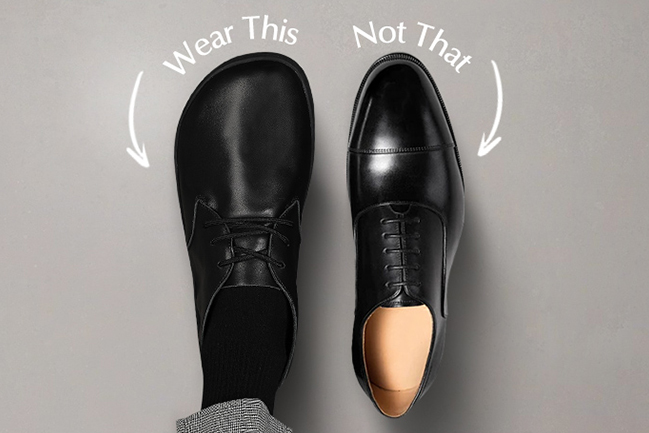In recent years, barefoot training has attracted widespread attention in the field of sports performance and rehabilitation. Many elite athletes and training experts regard it as an important means to improve sports efficiency and enhance neuromuscular control. So, what is the principle of barefoot training? How does it affect sports performance? How to implement it scientifically and safely? This article will combine research literature to analyze the mechanism and practical strategies of barefoot training in detail.
♦ Ⅰ.Biomechanics and neural mechanisms of barefoot training
1. Sensory input and neural feedback of the sole
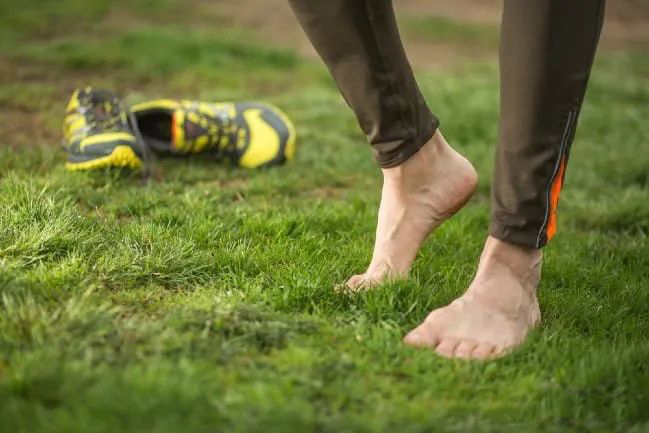
The core advantage of barefoot training is to activate the proprioception and mechanoreceptors of the sole. The sole has more than 7,000 nerve endings, which can provide real-time information about ground conditions, body posture and load distribution to the central nervous system, thereby optimizing movement control and improving movement efficiency (Kavanaugh et al., 2016).
Wearing shoes will weaken the sensory input of the sole of the foot and reduce the ability to perceive the reaction force of the ground. In the barefoot state, the foot muscles and nervous system can obtain more direct feedback, thereby enhancing the dynamic stability of the arch, improving gait control and movement coordination (McKeon et al., 2014).
2. Activation of foot muscles and adaptation of arch structure

Long-term wearing of highly cushioned sports shoes may lead to functional degeneration of intrinsic foot muscles, increase the risk of plantar fasciitis and arch collapse. Barefoot training can strengthen the small muscles of the foot, improve arch stability, and reduce dependence on external support (such as insoles and protective gear) (Ridge et al., 2019).
A study found that short-term (8 weeks) barefoot training can significantly increase the cross-sectional area of plantar muscles and improve arch rigidity, thereby reducing the risk of sports injuries (Chen et al., 2019). This shows that barefoot training can not only improve foot function, but also enhance its load resistance.
3. Movement pattern optimization and ground reaction force management
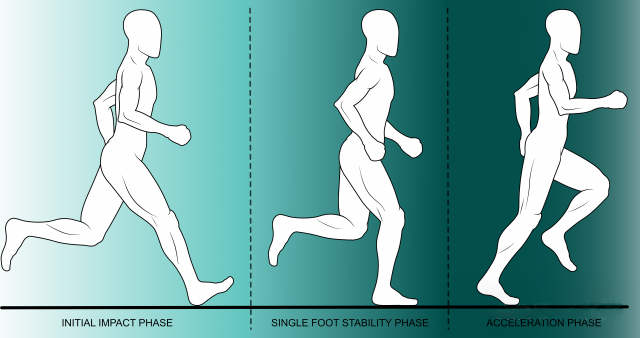
Running in shoes often leads to heel-strike, which increases the impact force and thus increases the risk of tibial stress injury (Lieberman et al., 2010). In contrast, when barefoot, the body will spontaneously adjust the gait and tend to land on the forefoot or midfoot (forefoot/midfoot strike), which helps to:
• Reduce the impact force of ground reaction force
• Improve energy recovery efficiency (elastic recoil)
• Improve the load distribution of lower limb joints.
By adjusting the gait, barefoot training can also optimize running economy and improve endurance performance (Warne & Warrington, 2014).
♦ Ⅱ.How to implement barefoot training scientifically?
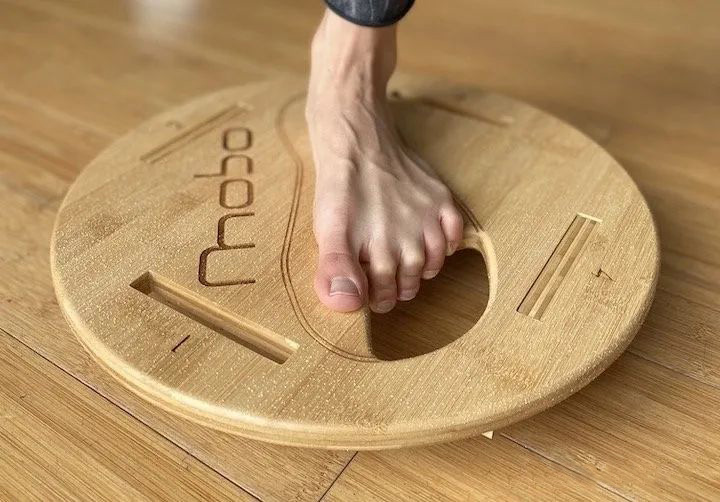
1. Gradually adapt: start with short-term, low-intensity training.
Barefoot training should start with low-intensity, short-term training (such as static standing, short-distance walking), and gradually increase the load. The following are recommended:
• Week 1-2: 5-10 minutes of barefoot walking every day (indoors or on grass)
• Week 3-4: Add simple barefoot training, such as static standing, single-leg balance
• Week 5-6: Short-term (10-15 minutes) barefoot jogging or jumping training. Studies have shown that progressive barefoot training can effectively reduce plantar discomfort and reduce injuries caused by insufficient muscle adaptation (Tam et al., 2016).
2. Choose a suitable ground environment.
Beginners should choose a safer ground, such as grass, rubber running track, and wooden floor, and avoid high-intensity training directly on concrete or gravel roads to prevent plantar injuries.
3. Combine foot strengthening training.

Barefoot training can be combined with plantar small muscle group training to enhance adaptability. For example:
• Short-foot exercise: Strengthen arch stability
• Toe gripping exercises: Strengthen the small muscles of the plantar
• Single-leg balance: Improve proprioception and dynamic stability
A study showed that three times a week of foot strengthening exercises can significantly improve foot stability and gait control within 8 weeks (Goldmann et al., 2013).
4.Combined with sports-specific training
Barefoot training is not only suitable for running, but also for strength training, agility training, explosive power training, etc. For example:
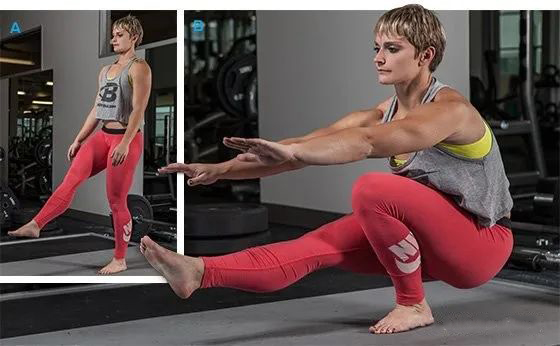
• Barefoot squat: Strengthen the nerve connection between the sole of the foot and the ground, and improve the stability of the lower limbs
• Barefoot jumping training: Improve the ability to manage ground reaction force
• Barefoot sprinting: Optimize sprint gait and improve exercise efficiency
These training methods can help athletes better use the advantages of barefoot training in actual competitions.
♦ Ⅲ.Applicants and precautions for barefoot training
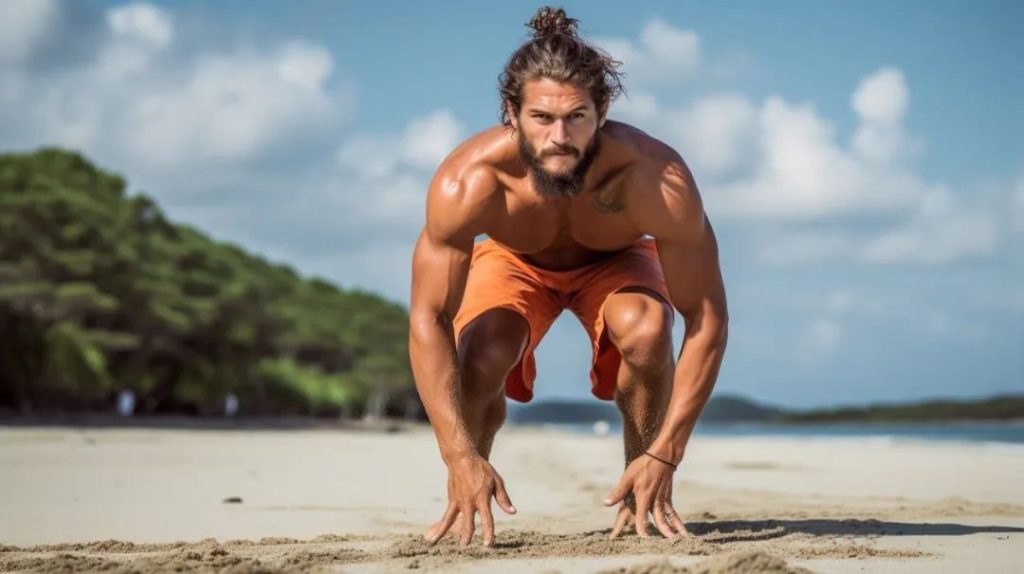
1. Suitable population
• Running enthusiasts: improve gait economy and reduce impact
• Athletes (basketball, football, track and field, etc.): improve foot control and agility
• Rehabilitation population: promote recovery of small muscle groups in the plantar and reduce problems such as plantar fasciitis
2. Unsuitable population
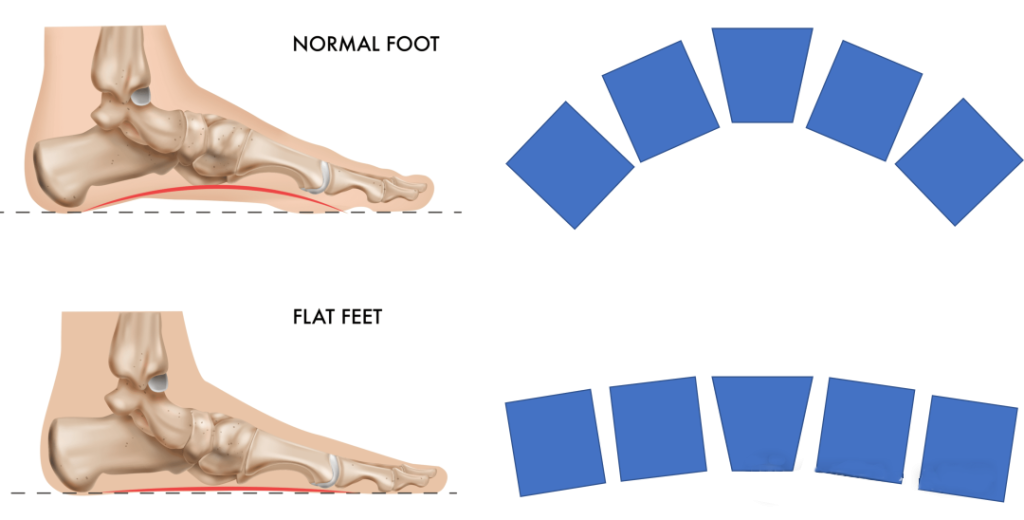
• Severe flat feet or high arches (need to undergo corrective training first)
• Acute lower limb injury (such as ankle sprain recovery period)
• Diabetic patients (foot insensitivity, prone to injury)
3. Key precautions
• Avoid overtraining: Avoid long-term or high-intensity training in the early stage of barefoot training to prevent plantar fatigue
• Pay attention to foot reactions: If pain or inflammation occurs, reduce the training volume or adjust the training method
• Reasonable footwear training: Can combine barefoot and minimal shoe training (minimalist shoes) to make the transition
♦ IV. Summary: The value and practical significance of barefoot training
Barefoot training is not only a way to return to nature, but also an effective way to scientifically optimize sports performance. Studies have shown that barefoot training can:
1. Enhance plantar sensation and nerve feedback, and improve proprioception
2. Strengthen plantar muscles, improve arch stability, and reduce injuries
3. Optimize gait, improve running economy and sports performance
However, scientific training methods are crucial. Gradual adaptation, reasonable foot strengthening training, and sports-specific combination can truly bring into play the advantages of barefoot training, help athletes improve performance, and reduce the risk of injury.
If you are interested in barefoot training, you might as well start today and try short-term barefoot walking and foot strengthening training to feel the most direct connection between the body and the ground!
References:
1. Kavanaugh et al., 2016. The effects of barefoot training on foot strength and mechanics. Journal of Sports Science & Medicine.
2. McKeon et al., 2014. Barefoot training and foot arch development. Journal of Athletic Training.
3. Ridge et al., 2019. Foot muscle activation in response to barefoot running. Sports Biomechanics.
4. Lieberman et al., 2010. Foot strike patterns and impact forces in barefoot vs. shod running. Nature.
5. Warne & Warrington, 2014. Effects of barefoot running on performance. European Journal of Applied Physiology.

